Staying Fit

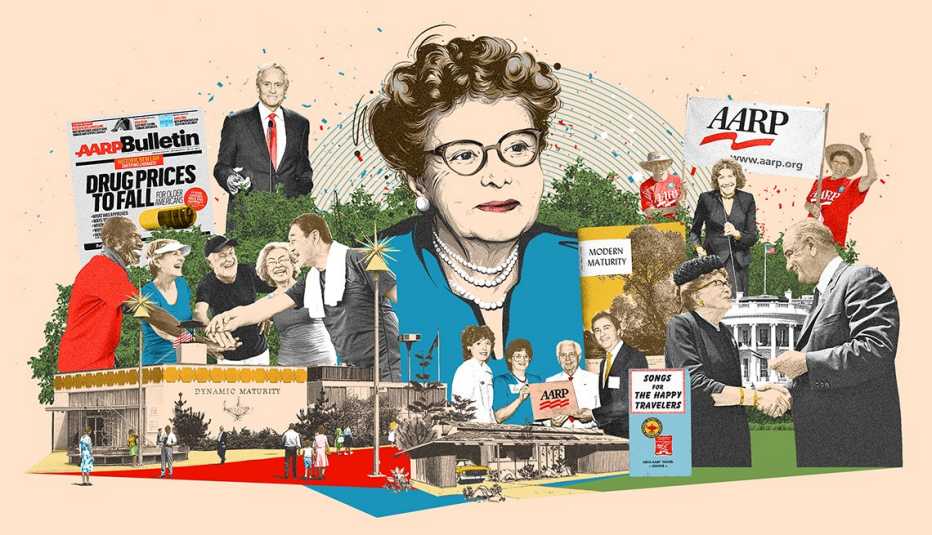
We like to call our two primary roles for older Americans “wise friend” and “fierce defender.” On our milestone anniversary, here are just some of the ways we’ve played those parts since our founding in July 1958, plus a hint of what’s next.
AARP The Magazine Special Edition
AARP takes a look at how aging has evolved and improved over the decades — and how it likely will change in the years ahead.
1958
- The AARP Health Insurance Plan, a special group policy underwritten by Continental Casualty Corp., becomes the first nationwide health insurance for all persons 65 and over — seven years before Medicare is enacted.
- In October, the first issue of AARP’s bimonthly magazine, Modern Maturity, is published. Today, its descendants, AARP The Magazine and the AARP Bulletin, are the highest-circulation publications in America and regularly receive top awards for excellence.
- The first-of-its-kind AARP Travel Service begins organizing tours and travel designed to accommodate the needs and interests of older people. Its first trip: a “Grand Circle” tour of Europe. Within 10 years, AARP’s group tours are offered everywhere in the world.


1961
- In January, AARP participates in the first White House Conference on Aging, a national forum with the mission of ensuring the well-being of older persons.
- For that conference, AARP funds one of the nation’s first universal design homes — the House of Freedom — in downtown Washington, D.C., giving the key to President Dwight Eisenhower. It’s a pioneering step in AARP’s efforts to promote livable housing for older people.
- AARP creates a charitable and philanthropic foundation. From that start, AARP Foundation today funds many programs to help older Americans.


1964
- At the 1964–65 World’s Fair in New York, AARP’s Dynamic Maturity Pavilion draws hundreds of thousands of visitors to see a vision of aging well.
1965
- AARP is on the forefront of efforts to pass the Social Security Amendments Act of 1965 that creates Medicare. Provisions initially conceived by AARP are incorporated in the final legislation.

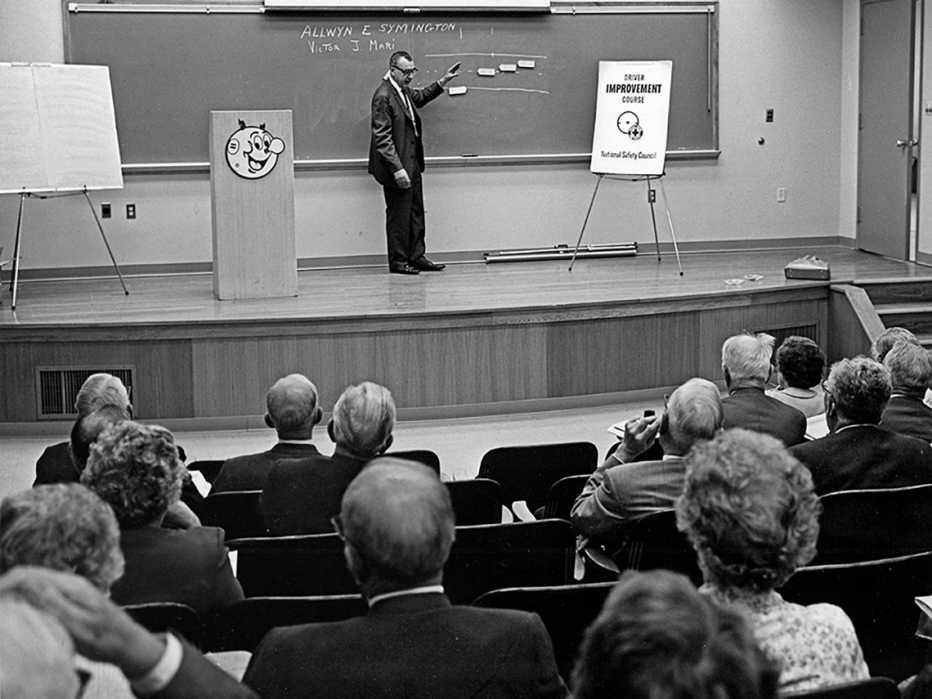
1967
- Responding to a disquieting trend of insurance companies canceling older drivers, AARP begins offering members a unique automobile insurance — Driver Plan 55 Plus — that cannot be canceled solely because of age.
- AARP works diligently to ensure passage of the Age Discrimination in Employment Act of 1967, which bans age-based discrimination against people ages 40 to 65. (Nineteen years later, a law passes to remove the upper age limit.)


1968
- AARP Foundation Tax-Aide begins. The program will go on to provide free tax preparation and filing services for more than 75 million low- and moderate-income taxpayers. This year, AARP secured $1.1 billion in refunds for people using the free service.
1971
- At President Richard Nixon’s White House Conference on Aging, a robust AARP delegation pushes for an end to mandatory retirement age.
1972
- AARP is a leader in the successful fight to create a yearly cost-of-living adjustment (COLA) to Social Security benefits, protecting older Americans from inflation.

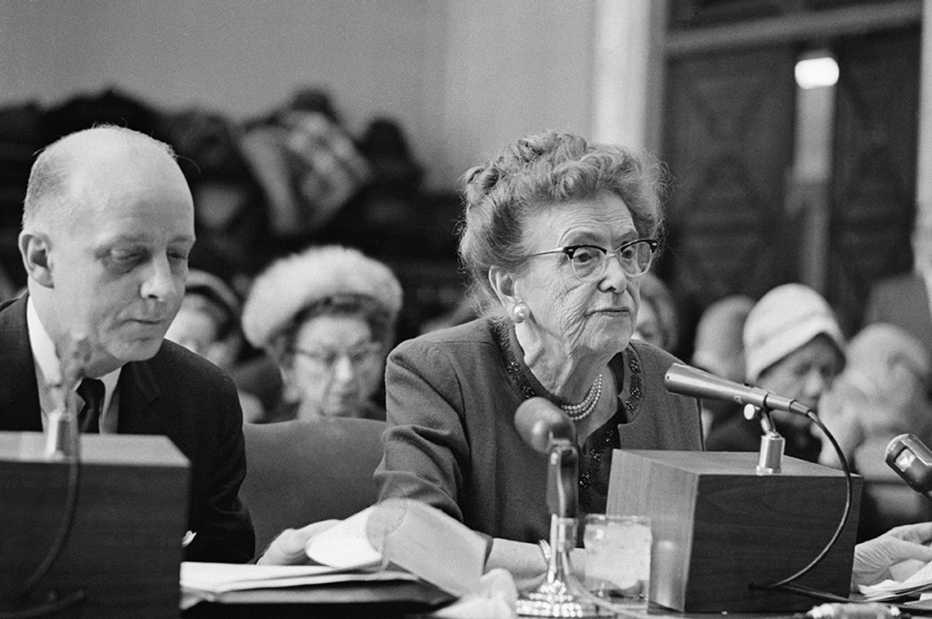
1973
- In a year dominated by the Watergate hearings, AARP sponsors a Crime and Safety Program designed to help older Americans avoid becoming victims of consumer frauds. Today, AARP’s anti-fraud efforts are nationally recognized as critical to the protection of older Americans.
1976
- AARP ratchets up its nonpartisan efforts to encourage voting, distributing copies of a “Getting Out the Vote” guide to members and registering thousands of voters in nursing homes and other senior facilities.


1979
- AARP kicks off its 55 ALIVE program to help older drivers stay independent, safe and confident while on the road. Now called AARP Driver Safety, it’s the nation’s largest classroom/online driver-safety and driving-refresher program designed especially for drivers age 50 and older.


1982
- The AARP Pharmacy Service begins the nation’s first program to supply prescription-drug information leaflets with customers’ orders. This becomes an industry-wide model for helping patients learn to use medicines wisely.































































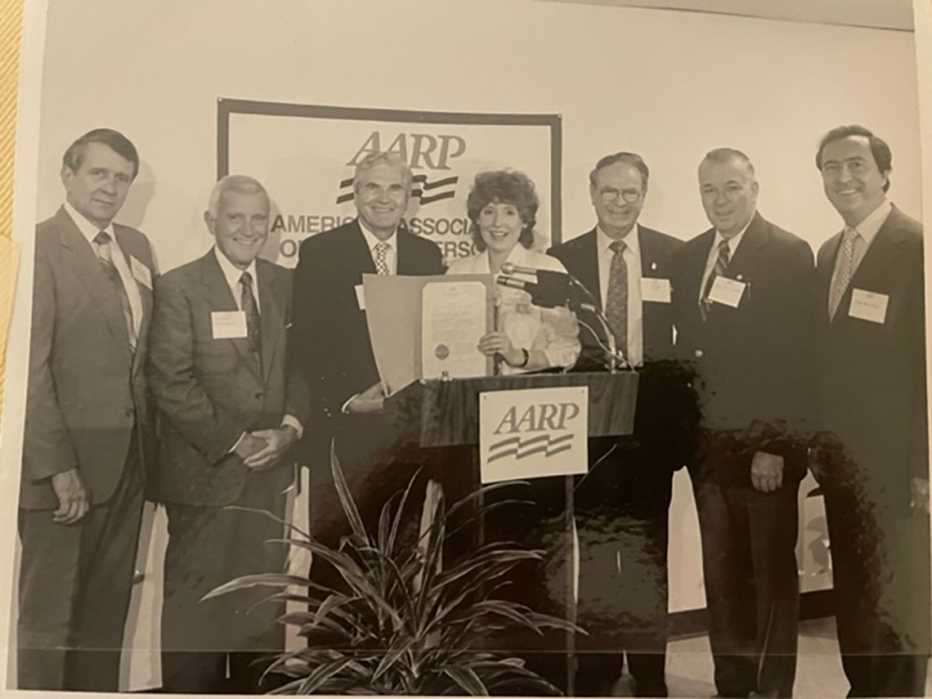



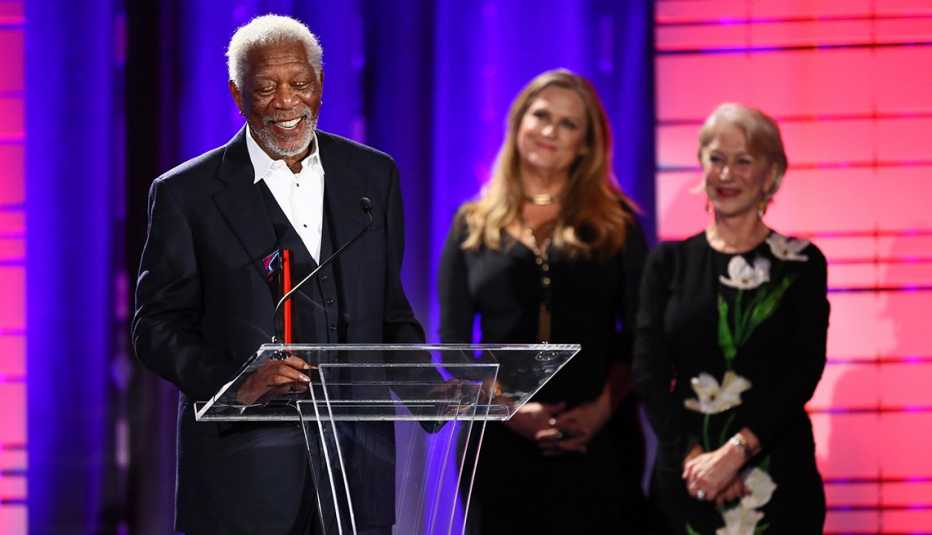





More From The Age Issue
'AARP The Magazine' Age Issue: A Digital Only, Bonus Edition
To mark our 65th birthday, AARP is publishing an extra, digital-only edition of 'AARP The Magazine'
How the Life of a 65-Year-Old Has Evolved Since 1958
On the 65th birthday of AARP, we look at how much (and how little) things have changed
Is Age Obsolete?
Given our increased longevity, the very concept may be losing its meaning